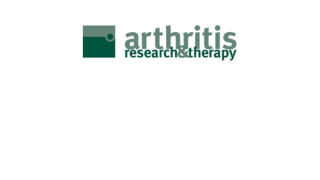
CT-P13 comparable to infliximab at 54 weeks for ankylosing spondylitis

CT-P13 comparable to infliximab at 54 weeks for ankylosing spondylitis
Comparable long-term efficacy, as assessed by patient-reported outcomes, safety and pharmacokinetics, of CT-P13 and reference infliximab in patients with ankylosing spondylitis: 54-week results from the randomized, parallel-group PLANETAS study
Arthritis Res Ther. 2016 Jan 20;18(1):25Did you know you're eligible to earn 0.5 CME credits for reading this report? Click Here
Synopsis
250 ankylosing spondylitis patients were randomized to receive 5mg/kg of either CT-P13 or Infliximab through intravenous infusion for 54 weeks. The purpose of this study was to compare CT-P13, a biosimilar drug, to a known efficacious treatment of this pathology to determine its efficacy, immunogenicity, pharmacokinetics, and safety. The findings displayed similar results between groups for all pa...
To view the full content, login to your account,
or start your 30-day FREE Trial today.
FREE TRIAL
LOGIN
Forgot Password?
Explore some of our unlocked ACE Reports below!

Learn about our AI Driven
High Impact Search Feature
Our AI driven High Impact metric calculates the impact an article will have by considering both the publishing journal and the content of the article itself. Built using the latest advances in natural language processing, OE High Impact predicts an article’s future number of citations better than impact factor alone.
Continue



 LOGIN
LOGIN

Join the Conversation
Please Login or Join to leave comments.